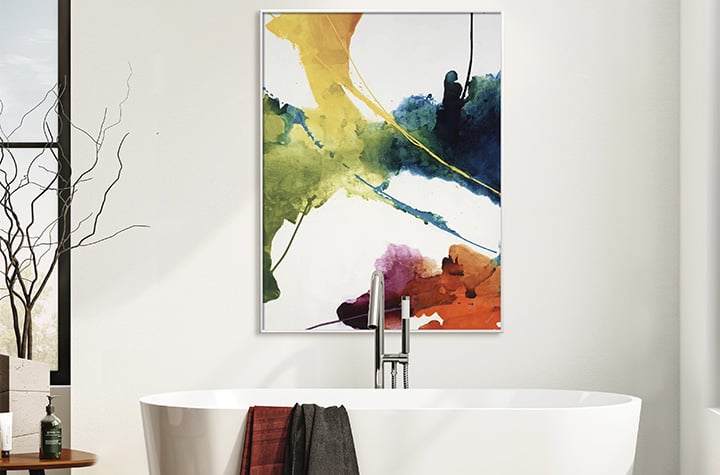Elevating Your Photo Wall Designs with Lighting Techniques
As a professional photographer, the significance of lighting during a shoot is already familiar to you. Just as crucial, though, is how light plays a role in displaying your work once its ready for viewing. Integrating light into your photo wall designs is a creative endeavor that can substantially influence how your art is received. In this article, we will delve into the subtleties of leveraging light to enhance your photo wall designs, crafting a breathtaking gallery that garners attention and appreciation.

The Significance of Light in Photography
Lighting is fundamental to photography; it determines the mood, clarity, and overall aesthetic of an image. As photographers, we invest significant effort into orchestrating our lighting setups to highlight our subjects' best features. Yet, after these images are printed and mounted, the ambient lighting in the display space can either elevate or compromise the impact of our work.
Its vital to ensure that the lighting in your photo wall designs harmonizes with the lighting applied during the photoshoot. This synchronization allows the artwork to maintain its original mood and tone.
Varieties of Lighting for Photo Walls
Natural Light
Natural light remains a photographer's ally. When planning your photo wall, think about how it relates to windows or other natural light sources. Take advantage of this plentiful resource to enhance your artwork, but remember to consider how the time of day can change the light's qualities throughout the day.
Ambient Lighting
Ambient lighting establishes a fundamental layer of illumination within a room. For photo walls, environmental lighting should enhance general visibility without overpowering the photographs. Dimmable lights can provide versatility as they adapt to the time of day and the intended atmosphere.
Accent Lighting
Accent lighting serves to highlight particular areas or items. This type of lighting can direct attention toward specific photographs or details on a photo wall. Options such as spotlights or track lights are ideal for accent lighting, offering targeted illumination where necessary.
Task Lighting
Primarily intended for focused activities, task lighting can also enhance photo wall designs. Desk lamps or under-shelf lights can beautifully illuminate portions of a photo wall, fostering an intimate viewing experience.
Crafting Mood and Atmosphere through Lighting
Lighting significantly influences not only the visibility of your images but also the overall ambiance of the space. Warm lighting evokes a cozy, welcoming atmosphere, while cooler tones can impart a modern, elegant vibe. Experimenting with various lighting colors can help you achieve the ideal setting that complements your photography.
For instance, if your photo wall showcases vibrant, colorful photographs, neutral lighting may be preferable to let those colors pop. Conversely, black-and-white images may gain depth and contrast from warmer tones.
Practical Advice for Incorporating Light into Photo Wall Designs
As you conceptualize your photo wall design, consider these practical tips to enhance lighting:
- Placement is Key: Position light sources to minimize glare and reflections that could obscure your photos.
- Layer Your Lighting: Use a mix of ambient, accent, and task lighting for added depth and dimension.
- Play with Angles: Adjust the direction and angle of light sources to create captivating shadows and highlights.
- Utilize Dimmers: Incorporating dimmable bulbs allows you to modulate lighting intensity and ambiance.
For further insights on wall art and effective lighting strategies, explore photo wall tips and nature-inspired ideas.
Additionally, for inspiration on unique displays, check out this art wall decor guide.
Conclusion
Strategically incorporating light into your photo wall designs is crucial for effectively showcasing your photographic skills. By grasping the various lighting options available and their interplay with your images, you can create a visually captivating display that enthralls viewers and amplifies the impact of your art. Remember, appropriate lighting has the power to transform a simple photo wall into a dynamic, engaging gallery.

FAQs
What kind of lighting works best for photo walls?
Optimal lighting for photo walls is often a blend of natural light, ambient lighting, and accent lighting, ensuring your photographs are well-lit without harsh shadows or glare.
Are LED lights suitable for photo wall designs?
Absolutely! LED lights are a superb option for photo walls, as they are energy-efficient, generate minimal heat, and come in various colors and intensities to meet your design preferences.
How can I avoid glare on my photo wall?
To minimize glare, angle your light sources to prevent direct reflections on the photograph surfaces. Additionally, utilizing non-reflective glass or acrylic in framing can significantly mitigate glare.

